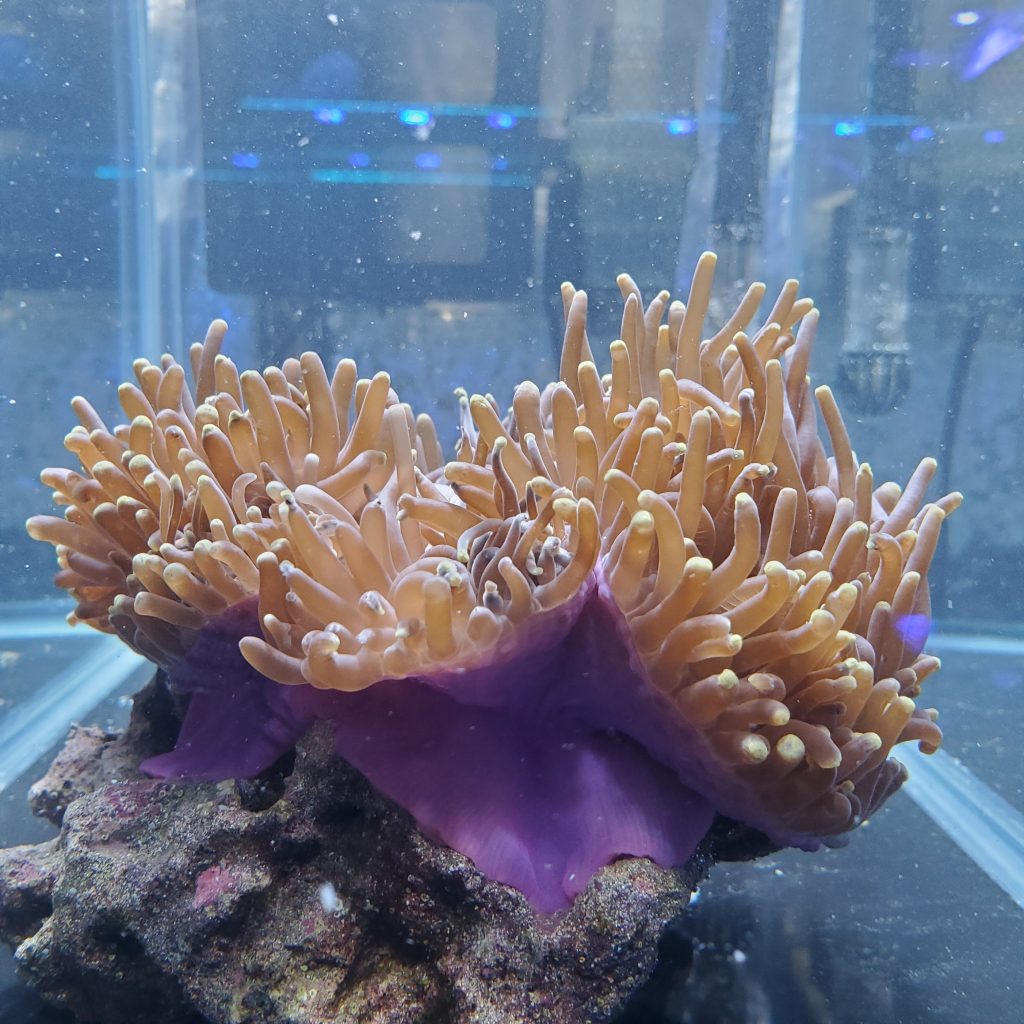
Day 10 – Final treatment day
Per the late Bob Fenner, large anemones tend to succumb to bacterial infections easily during shipment. These large anemones often die shortly after they reach the hobbyist’s tank. In 2016, I wrote an article about my first experience applying an anti-bacterial treatment method on a Heteractis magnifica anemone (formerly known as Radianthus ritteri) prescribed by a fellow hobbyist with a medical background. My first and only time performing it was a 100% success.
I am not sure how much the supply chain practices have improved through the years to mitigate these bacterial infections. Therefore, I continue to perform this as a precautionary measure with any specimen.
Fast forward to 2022: I had the opportunity to acquire another beautiful Heteractis magnifica (aka Magnificent anemone) from a LFS. Magnificent Anemones are more demanding specimens for advanced aquarists so they are not sold as often. I wanted to document and add a second data point using this method and share the simplicity and effectiveness I have experienced to newer hobbyists.
The 10 day anti-bacterial treatment uses a drug called ciprofloxacin. A definition on WebMD states what ciprofloxacin is.
“This medication is used to treat a variety of bacterial infections. Ciprofloxacin belongs to a class of drugs called quinolone antibiotics. It works by stopping the growth of bacteria. This antibiotic treats only bacterial infections. It will not work for virus infections…”
Procedure:
Refer back to my original 2016 Reefbuilders.com article (<–click on link) for details on the symptoms, materials needed, and procedure.
The only change I made this time was introducing a little glucose and a couple of Lugol’s iodine drops half way through. This was per a 2017 MACNA presentation by Bob Fenner on Anemones and was an attempt to provide additional passive nutrition and disinfectant for a short period, though it should be carefully monitored since you are adding a carbon source which also feeds bacteria and may cause water cloudiness. Perform a 100% water change and disinfect all objects, halt usage and stick with the original process of just daily 100% water changes (note- I use tank water from my existing system), supplying light and good water flow.
Basic setup viewed below:
Treatment Progression
- What the anemone looked like at the LFS.
- Acclimation
- Simple setup
- Purchased with the rock it was on.
- Inspect the mouth for gapes.
- Sanitize tank and equipment every night with water change
- 500mg Ciprofloxacin Tablets
- 250mg of Ciprofloxacin added after water change w/ lights off
- Day 2 inspection
- Day 3 inspection
- Note Mouth was gaping a little
- Glucose and Lugols Iodine
- Day 5 inspection w/ additional aeration
- Day 6 Raised rock to be closer to metal Halide w/ Par ~300-350 umoll/m^2s
- Day 8 inspection
- Day 10 – Final treatment day
- Day 11 – Moved to lagoon tank with High flow and SPS level Lighting
Summary
This second treatment experience has proven repeatable and reliable. It is simple and works great as a precautionary step. Ensure that anemone’s mouth is tight, flesh colors are vibrant, and the foot clings tight to the rock. All anemones will deflate and inflate themselves as a natural process but the mouth should always close up again within 24 hours. If the initial treatment is not successful, extended treatment with a higher dosage may be necessary. These Magnificent anemones truly earned their names and it is up to us to ensure they thrive under our care.

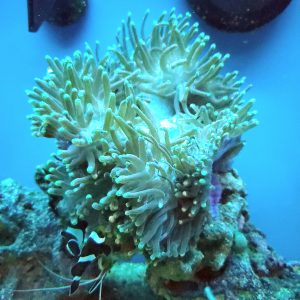
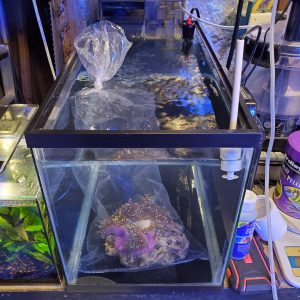
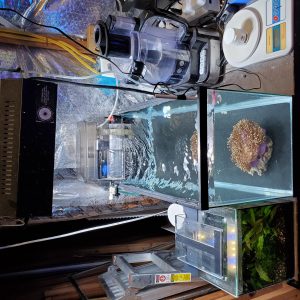
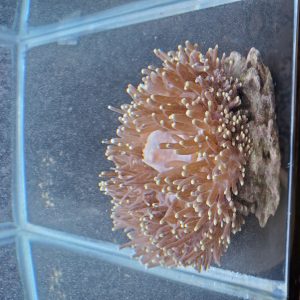
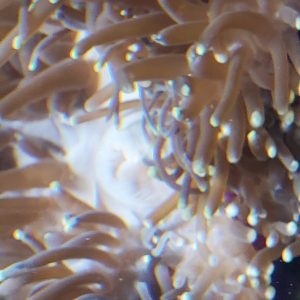
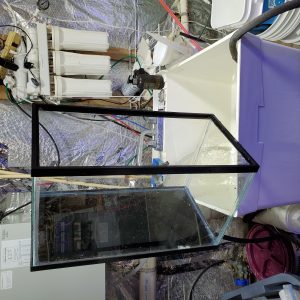
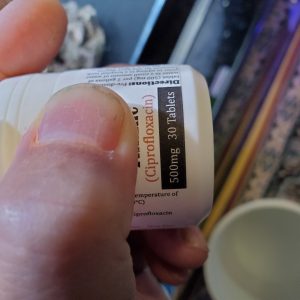
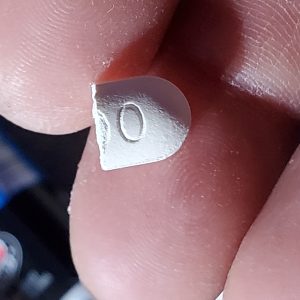
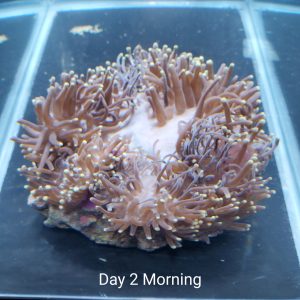
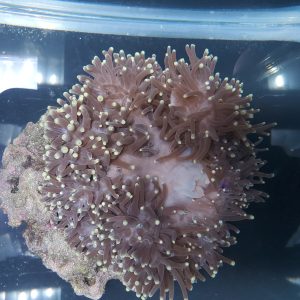
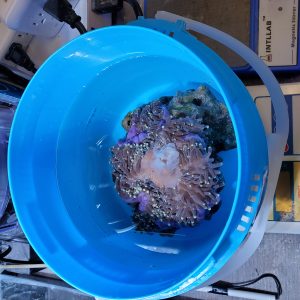
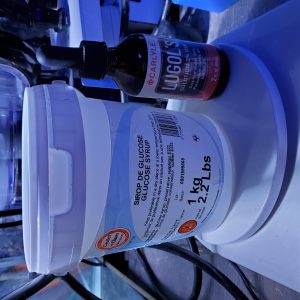
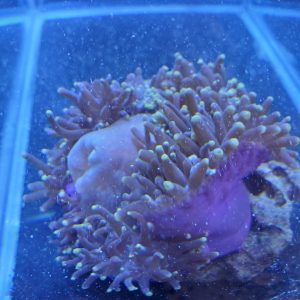
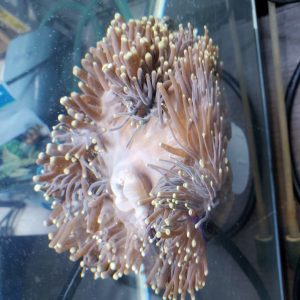
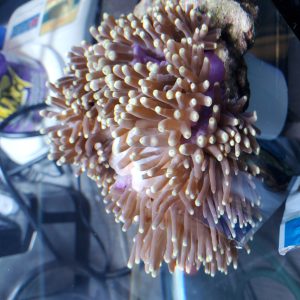
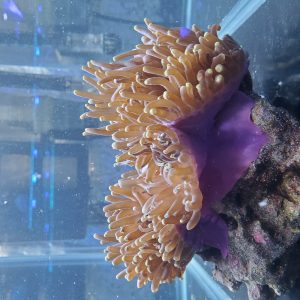
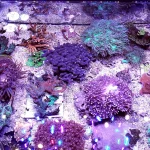









0 Comments